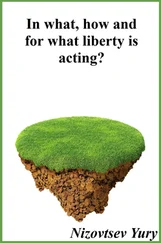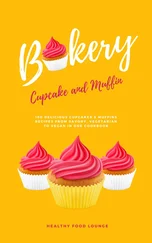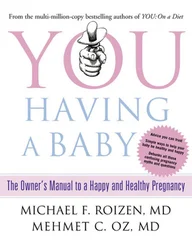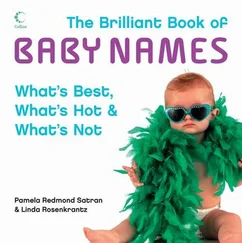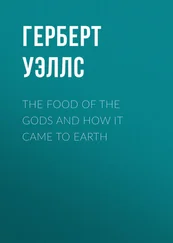Foods rich in vitamin B 12(best first)
lamb’s kidney
other meat – beef, pork, lamb, sausages
fish – such as cod, tinned sardines and pilchards
eggs
 milk and hard cheese
milk and hard cheese
 breakfast cereals – only fortified ones (check the nutritional information chart on the carton)
breakfast cereals – only fortified ones (check the nutritional information chart on the carton)
soy ‘meat’ and soya milk are often fortified with vitamin B 12
Vitamin A: harmful if you have too much
We all need small amounts of vitamin A to keep our skin healthy. A balanced diet containing a range of fruit and vegetables, margarine and eggs will provide all the vitamin A we need. There is no need to take extra during pregnancy.
It may be harmful to your developing baby to have too much vitamin A. There are two ways in which this may happen: first, if you eat large amounts of liver, and second, if you take supplements of either vitamin A or fish oil.
Animal liver and liver products may contain high levels of vitamin A. This is related to the type of food on which the animals have been fed. It is therefore best that you do not eat liver, or foods made from liver (such as pate) while you are pregnant. It is OK to eat these foods once you have had your baby.
Fish oil supplements (tablets, capsules or medicine) may also contain high levels of the wrong type of vitamin A. Fish oil contains essential fatty acids – but it is better to eat oily fish like mackerel, herrings, pilchards and salmon, rather than take a supplement.
If you feel you need to take a vitamin supplement, avoid ones that contain the ‘retinol’ form of vitamin A. Too much (more than 3,300 microgrammes, or mcg or μg) of this type of vitamin A may harm your developing baby. The ‘carotene’ form of vitamin A is safe – so check the label carefully and ask your pharmacist for advice.
Vitamin C: needed every day
Our bodies need a good supply of vitamin C to help fight infection and disease, to repair damage within our bodies, and to help heal wounds. Vitamin C also plays a role in preventing anaemia (lack of iron in the blood). Unlike other vitamins, vitamin C cannot be stored in our bodies – so we need to eat some foods rich in vitamin C each day.
Some women may need more vitamin C than others. If you smoke, or cannot avoid the smoke of other people’s cigarettes, your body needs more vitamin C. Similarly, if you have been ill, or have had surgery, or have suffered an injury, your body will be using large amounts of vitamin C. In these circumstances, it is a good idea to increase your intake of foods rich in vitamin C.
Foods rich in vitamin C (best first)
 citrus fruits – oranges, grapefruits
citrus fruits – oranges, grapefruits
citrus fruit juices – fresh juice can be expensive; carton juice is just as good
green vegetables – brussels sprouts, broccoli, cabbage
other fruit and vegetables – kiwi fruit, blackcurrants, tomatoes, green peppers
 potatoes (yes, really! – especially if thinly peeled or scraped)
potatoes (yes, really! – especially if thinly peeled or scraped)
Tips for preserving vitamins
 Cook vegetables whole or cut into large pieces – this reduces the loss of vitamins during cooking. Try not to leave peeled vegetables soaking in water for a long time before cooking.
Cook vegetables whole or cut into large pieces – this reduces the loss of vitamins during cooking. Try not to leave peeled vegetables soaking in water for a long time before cooking.
 When cooking vegetables on the hob, use only enough water to cover the vegetables. Bring the water to the boil, add the vegetables, cover the pan and boil briskly for a few minutes. Test the vegetables with a fork or knifepoint and stop cooking while the vegetables are still crisp. Leafy vegetables such as cabbage or spinach may only take 2–3 minutes to soften.
When cooking vegetables on the hob, use only enough water to cover the vegetables. Bring the water to the boil, add the vegetables, cover the pan and boil briskly for a few minutes. Test the vegetables with a fork or knifepoint and stop cooking while the vegetables are still crisp. Leafy vegetables such as cabbage or spinach may only take 2–3 minutes to soften.
Use the cooking water to make gravy or stock – to save some of the vitamins that have seeped out into the water during cooking.
 Try steaming vegetables – it takes longer but is an excellent way of preserving both vitamins and taste (as is cooking in a microwave oven).
Try steaming vegetables – it takes longer but is an excellent way of preserving both vitamins and taste (as is cooking in a microwave oven).
 Eat some vegetables raw: grated carrot and finely chopped white cabbage in coleslaw, chunks of sweet pepper, crispy stalks of celery – maximum vitamins and maximum taste!
Eat some vegetables raw: grated carrot and finely chopped white cabbage in coleslaw, chunks of sweet pepper, crispy stalks of celery – maximum vitamins and maximum taste!
Eat most fruit raw – but do wash first in plenty of cold running water.
 If you wish to cook fruit on the hob, use only a small amount of water and cook gently, for as little time as possible. Redcurrants or ripe plums need only a moment’s cooking – delicious on breakfast cereals or mixed into plain yoghurt.
If you wish to cook fruit on the hob, use only a small amount of water and cook gently, for as little time as possible. Redcurrants or ripe plums need only a moment’s cooking – delicious on breakfast cereals or mixed into plain yoghurt.
 Try baking large apples or bananas in the oven, wrapped in foil with a sprinkling of dried fruit and served with a dollop of low-fat fromage frais.
Try baking large apples or bananas in the oven, wrapped in foil with a sprinkling of dried fruit and served with a dollop of low-fat fromage frais.
Vitamin C is easily destroyed by cooking. If you need to cook vitamin C foods, use only a small amount of water and cook for as little time as possible.
Antioxidants: nutrients fighting pollution
Antioxidants are a special group of nutrients that work to protect our bodies by blocking the action of ‘free radicals’.
Free radicals are molecules (groups of particles) produced by our bodies. They are produced during many normal body processes – for example, the destruction of bacteria (germs) by our white blood cells, and the digestion of essential fatty acids. A certain level of free radicals is therefore normal.
The problem is that levels of free radicals within our bodies seem to be rising, as more and more are produced in response to pollutants such as cigarette smoke, exhaust fumes, and other toxic substances. If left unchecked, free radicals damage the cells of our bodies and weaken our defences against diseases such as heart disease and cancer.
The main antioxidants are:
vitamins C and E
two minerals called selenium and zinc
beta carotene (the safe form of vitamin A).
Vitamin C is probably the most effective antioxidant. Most fruit and vegetables are good sources of vitamin C, especially citrus fruits, kiwi fruit, blackcurrants, peppers, tomatoes and green leafy vegetables. Vitamin E is found in vegetable oils, wholegrain bread and cereals, avocado pears and other green vegetables, eggs, butter and margarine.
We can get zinc from lean meat, cheese, milk, wholemeal bread and cereals. Cereals are also a good source of selenium, along with fish, pork, cheese, eggs and brazil nuts. Two other mineral antioxidants – copper and manganese – are found in wholegrain cereals, nuts, vegetables, meat and fish.
Beta carotene (and similar nutrients) are found in yellow and orange fruits such as mangoes, apricots, peaches and plums. Green leafy vegetables are rich in beta carotene, as are carrots, pumpkins and tomatoes. Cooked and processed tomatoes, in particular, are considered to be an excellent source of lycopene, another useful antioxidant.
Читать дальше
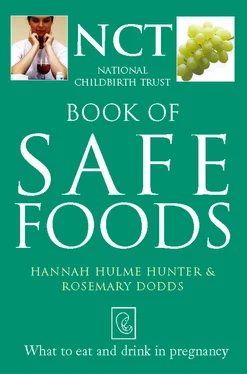
 milk and hard cheese
milk and hard cheese
